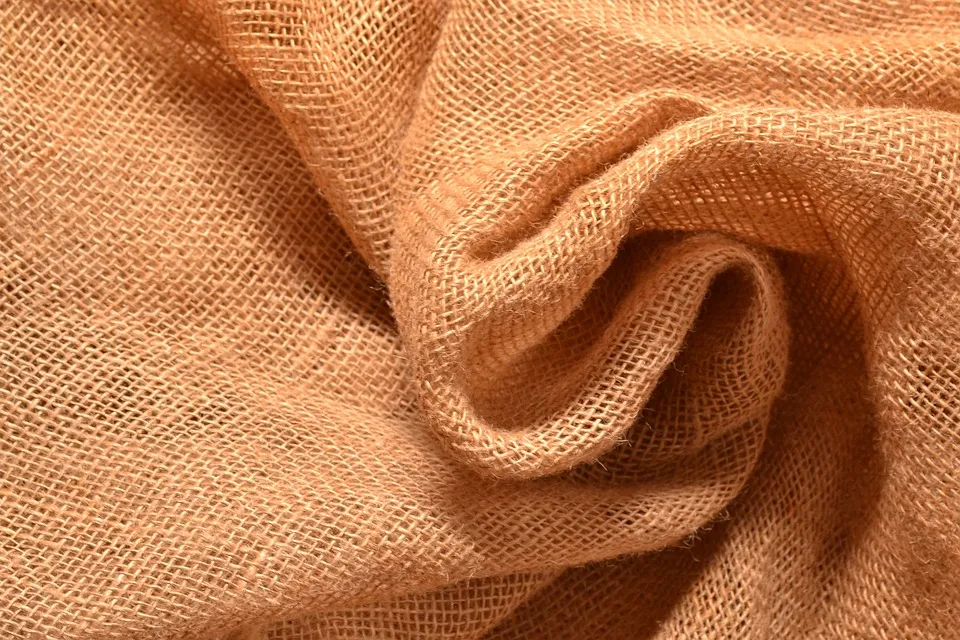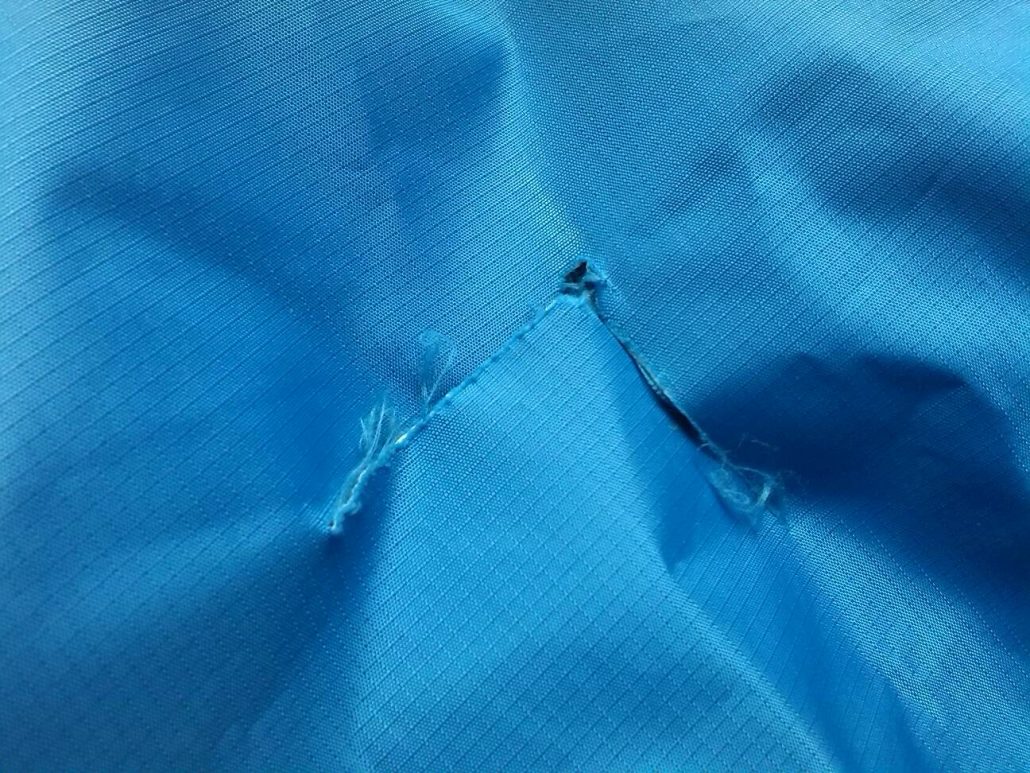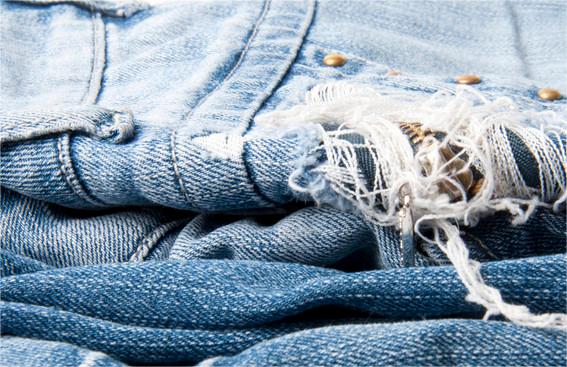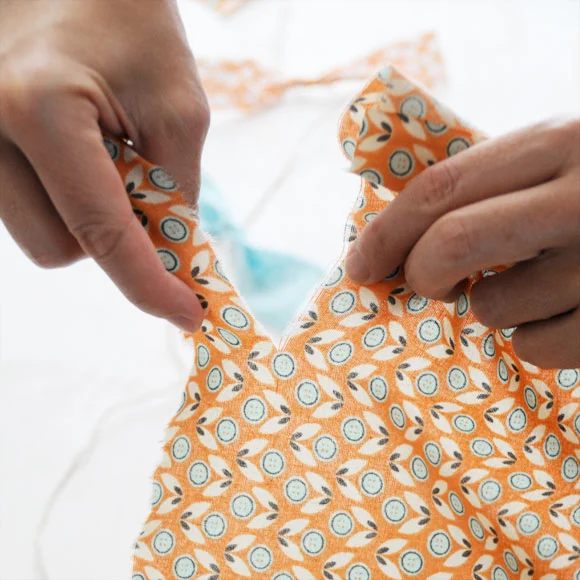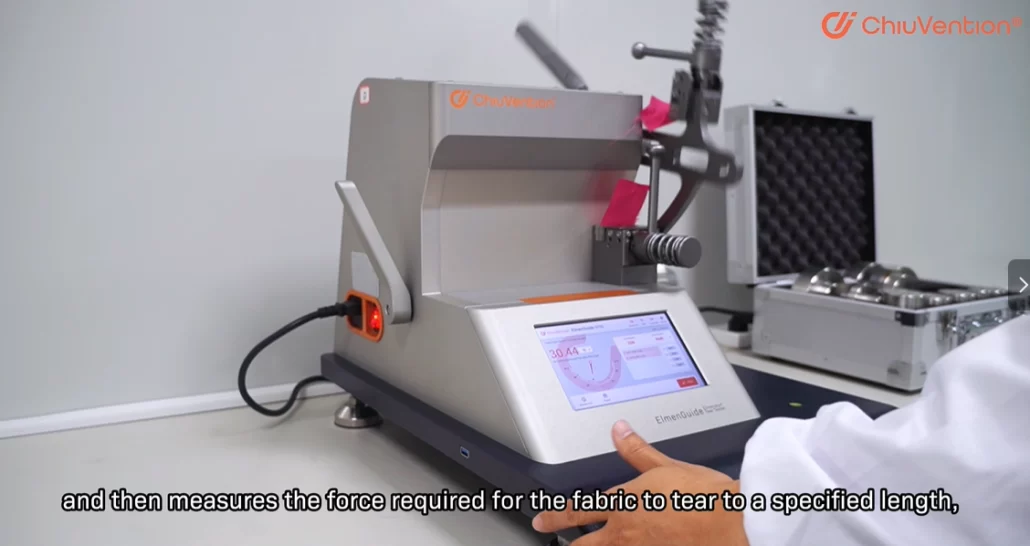Introduction Evaluating fabric quality is essential for manufacturers, suppliers, and quality control professionals to ensure consistent textile performance. Whether working with cotton, wool, silk, or synthetic blends, precise laboratory testing plays a crucial role in determining strength, durability, and appearance standards. This guide explores six essential testing methods, including color fastness, strength testing, and…
Category Archives: Elmendorf Tearing Test
While wearing it, the fabric above the yarn can hook on other objects and tear. It will either rupture or be partially clamped and torn in half. A fabric tear causes this damage. Definition of terms Tearing Strength is the force needed to extend the initial cut in a specimen. This happens under specified conditions….
Have you ever seen the scene pictured below while watching a sporting event? Isn’t it a great body? Isn’t it wild? Today, we’ll focus on the clothes, not the athletes’ looks. The clothes were “violently” torn during the game. This happens to us in our daily lives. It happens when we are driving or doing…
Introduction: Ensuring a fabric’s functionality and durability in the textile industry is paramount. A crucial aspect of achieving this is evaluating a fabric’s resistance to tearing. This resistance, known as tear strength, determines how well a fabric can withstand rips, snags, or punctures during everyday use or under specific application demands. Imagine a scenario where…
Fabric tear resistance is crucial for safety, product durability, and customer satisfaction. The Elmendorf test is a standardized method widely used across industries. It helps quantitatively measure a material’s ability to withstand tearing forces. This test ensures materials meet rigorous standards, from traditional textiles to advanced composites. The meticulous test procedure involves careful specimen preparation,…
With the progress of science and technology and the development of society, textile production technology and textile quality have been continuously improved and developed, and people have higher and higher requirements for textile-taking performance. Consumers have started to pay attention to the quality of textiles while pursuing their colour, pattern, function and quality. In addition…
